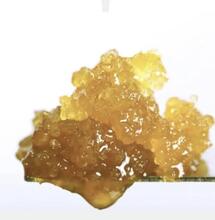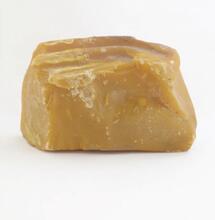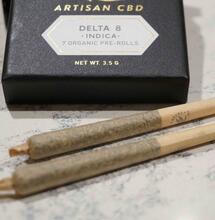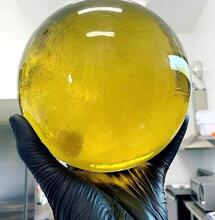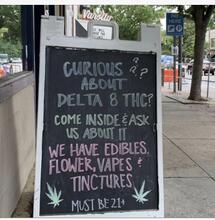THC-O, the synthetic cannabinoid 3 times more potent than regular THC.

We’ve heard more and more debate about synthetic hemp-derived cannabinoids such as Delta 8 THC and THC-O more recently. In recent months, THC-O acetate, to give it its full name, has rapidly found a market amongst Americans who don’t have access to legal cannabis because THC-O is derived from federally legal Hemp.
Its appeal lies in its potency and its legal status. THC-O is thought to be around three times stronger than standard THC. Thanks to its borderline hallucinatory effects, it has also earned itself the title of “the psychedelic cannabinoid”.
Now that Delta 8 THC is beginning to get banned in some states across the country and has come to the attention of the DEA, THC-O’s star is on the rise more so.
CBD is extracted from raw Hemp; following this, Delta-8 THC is removed from the CBD. Finally, a compound called acetic anhydride is added to the delta-8 THC, resulting in THC-O acetate.
When created successfully, THC-O acetate resembles a thick brown liquid consumed in edibles, tinctures and vape cartridges.THC-O acetate is classed as a “prodrug”. This means that the compound is not activated until it has been metabolized by the body, which takes 20-30 minutes.
A lack of research and regulation means that the reservations about the safety of THC-O acetate are many. There is a significant variation in product quality right now. Like many things, if you’re using low-quality materials, you’re likely to get less pure of a product than if you’re using pharmaceutical-grade reagents.
As with any vape cartridge sold outside a state-licensed cannabis system, concern exists surrounding the potentially toxic additives that could be mixed in. Questionable thinning agents have caused severe health problems in the past. There is nothing in place to prevent unregulated companies from adding them to products without informing consumers.
THC-O producers claim the 2018 farm bill protects them because it is derived from a chain of extraction that starts with federally legal Hemp.
Some experts, however, do not agree. The 1986 Federal Analogue Act states that any substance comparable to a Schedule I drug such as conventional THC would still qualify as a Schedule I drug.
However, that argument could be similarly used to argue against the legality of CBD.
Like Delta-8 THC and Delta-10 THC, products containing THC-O fall within the limited legal space between Hemp and cannabis. State regulators and legislators are struggling to control the growing number of hemp-derived compounds in existence. They are banning one compound only to see new a derivative take its place in no time.
In states where adult use is legal, cannabis regulators predominantly ignore hemp-derived compounds because they don’t fall under their regulatory scoop. Local law enforcement is reluctant to get involved either as they have more pressing matters to address, such as violent crime and the coronavirus pandemic.
Meanwhile, some licensed companies in legal states are becoming concerned that the unlicensed hemp-derived market is undercutting them and damaging the reputation of the cannabis sector with potentially dangerous products.
Until hemp-derived cannabinoids come under a state-regulated system, consumers will need to assess the risks and benefits for themselves.
